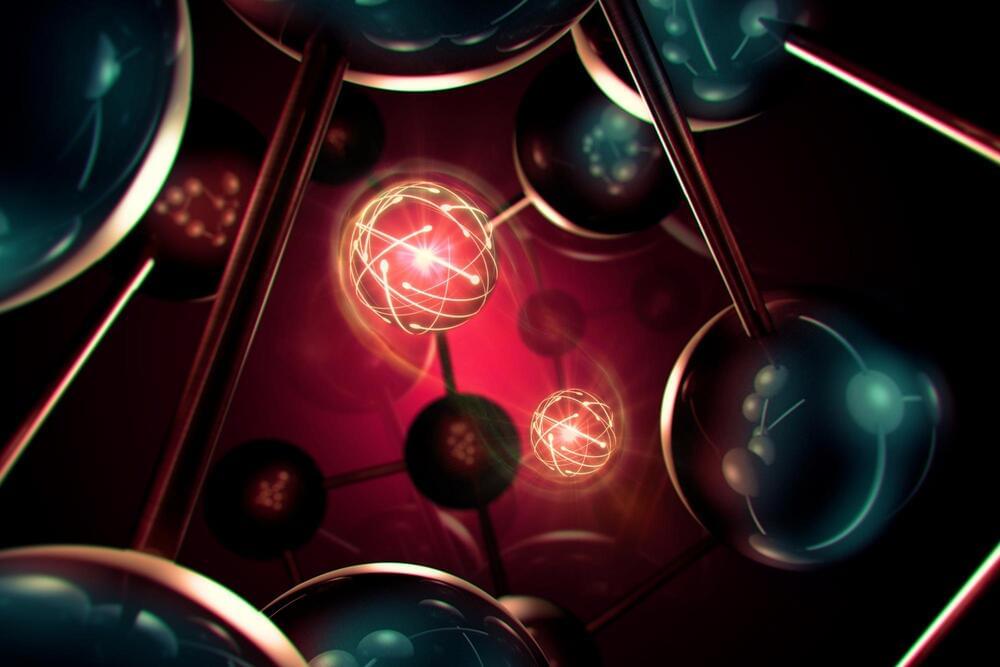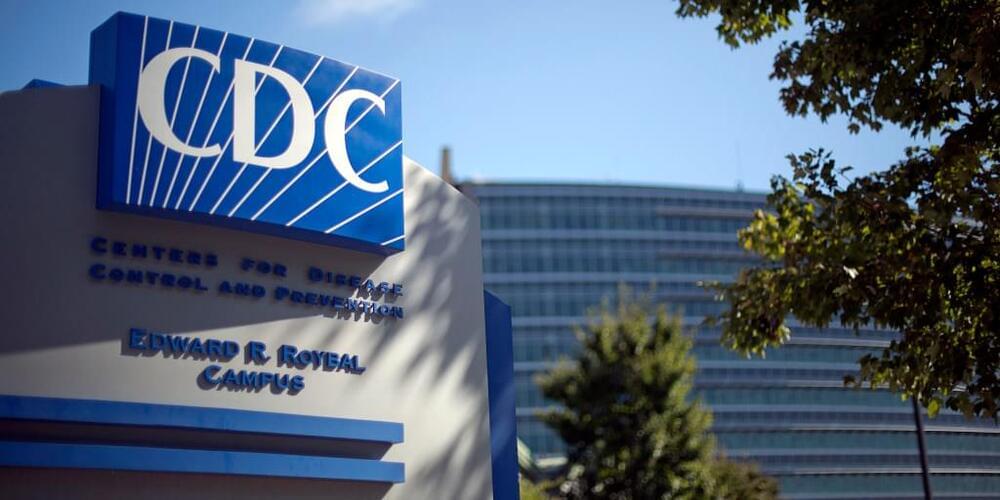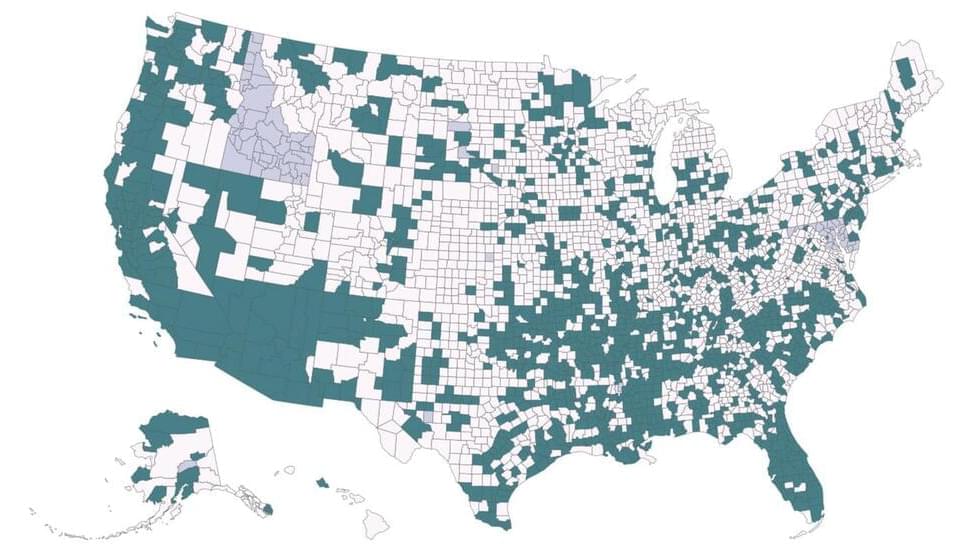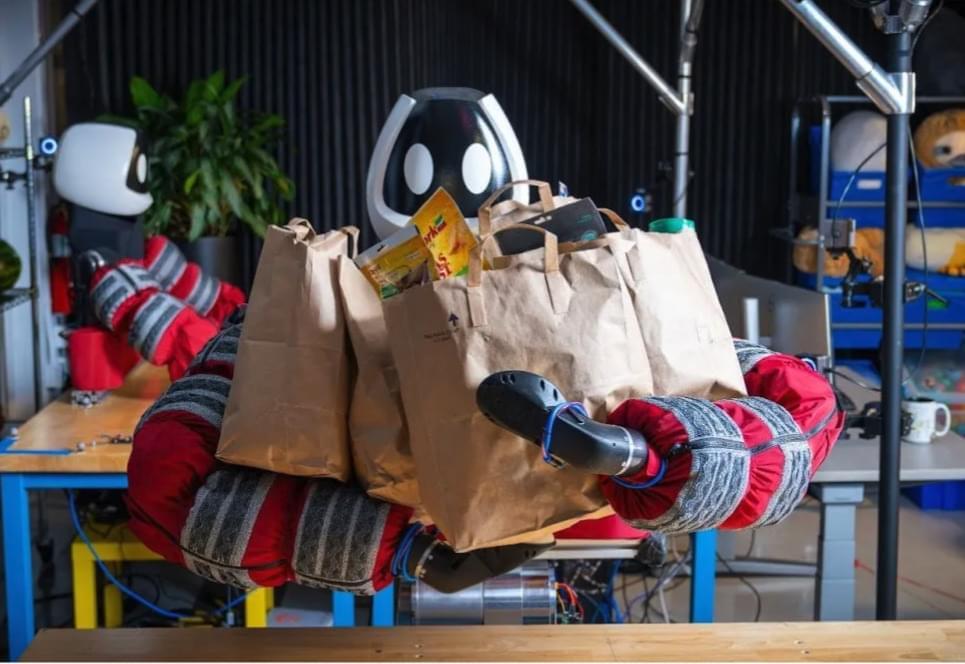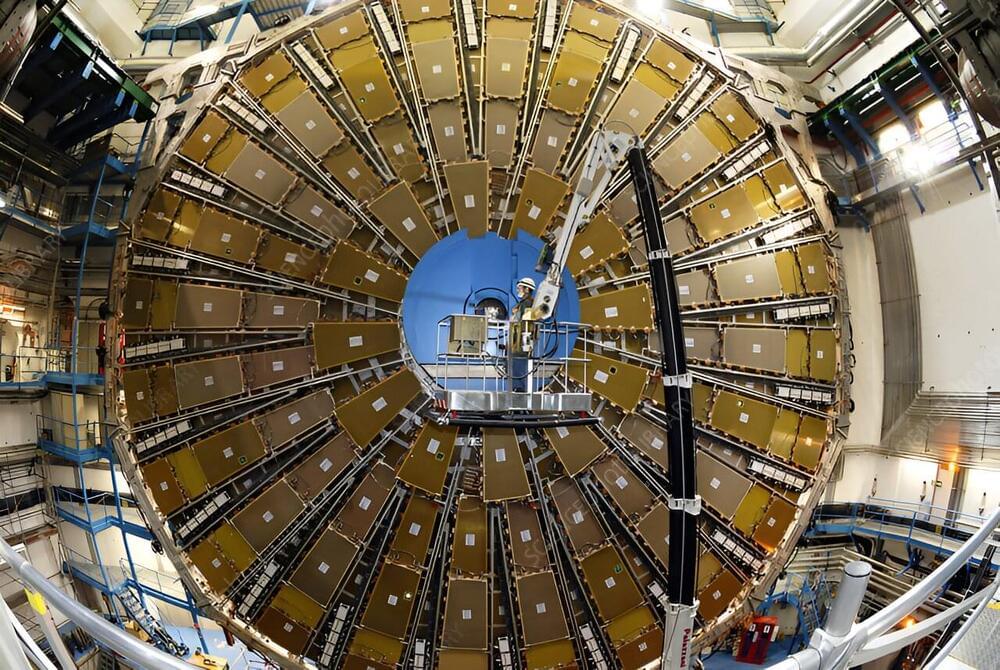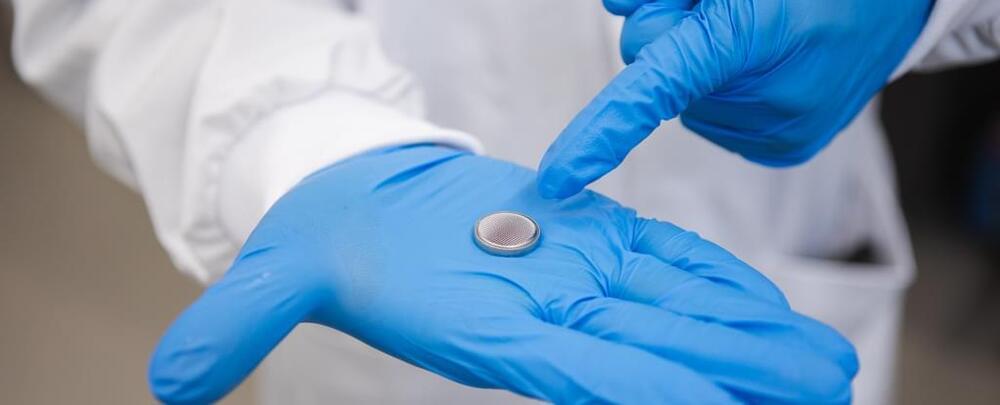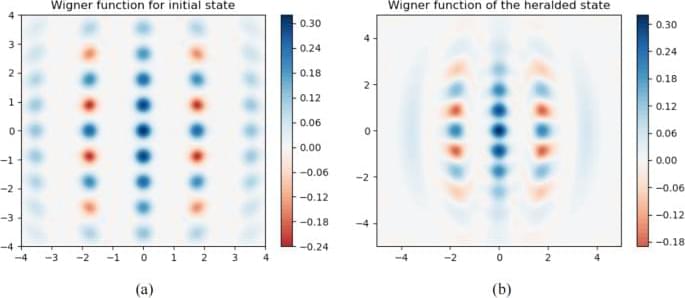Mar 9, 2024
Quantum Computing Breakthrough: Stable Qubits at Room Temperature
Posted by Chris Smedley in categories: computing, engineering, quantum physics
Researchers observe the quantum coherence of a quintet state with four electron spins in molecular systems for the first time at room temperature.
In a study published in Science Advances, a group of researchers led by Associate Professor Nobuhiro Yanai from Kyushu University’s Faculty of Engineering, in collaboration with Associate Professor Kiyoshi Miyata from Kyushu University and Professor Yasuhiro Kobori of Kobe University, reports that they have achieved quantum coherence at room temperature: the ability of a quantum system to maintain a well-defined state over time without getting affected by surrounding disturbances.
This breakthrough was made possible by embedding a chromophore, a dye molecule that absorbs light and emits color, in a metal-organic framework, or MOF, a nanoporous crystalline material composed of metal ions and organic ligands.
